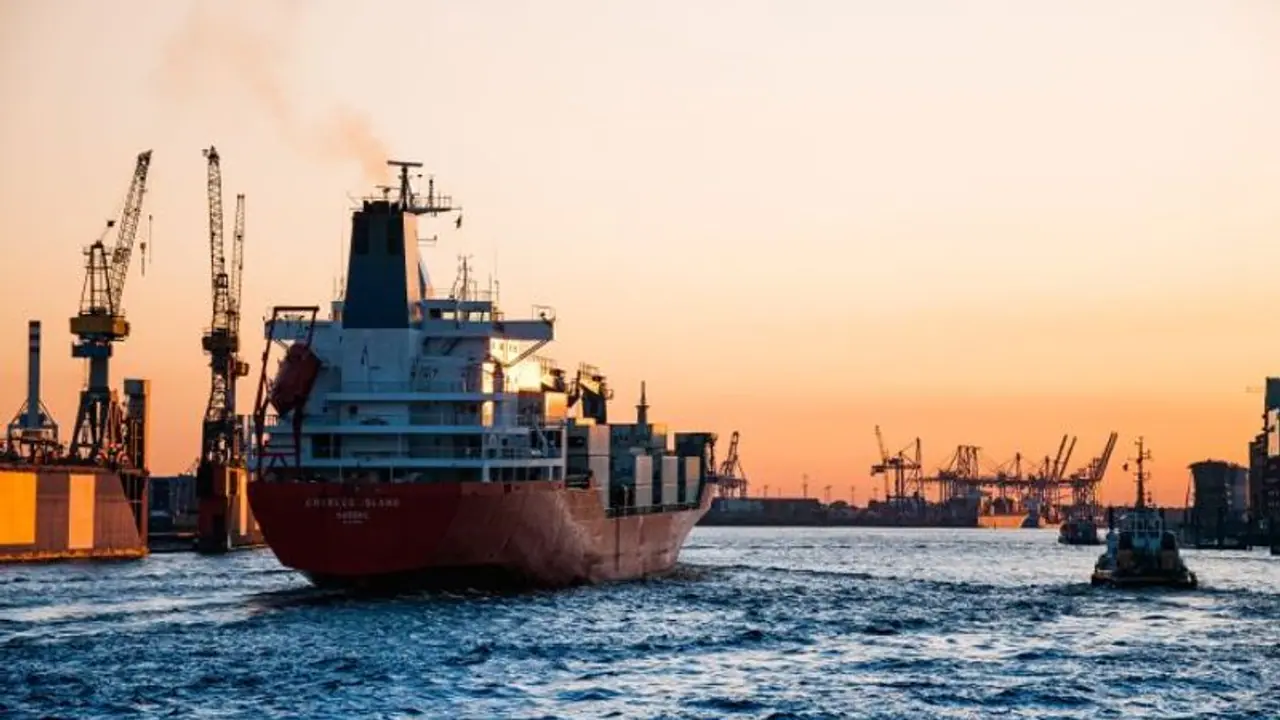This initiative, a response to China's Belt and Road Initiative, aims to enhance Sri Lanka's logistical capabilities and bolster the region's economic prosperity. The DFC's loan for the West Container Terminal will expand shipping capacity and stimulate economic growth without adding to sovereign debt.
The U.S. International Development Finance Corporation (DFC) has committed a substantial $553 million project aimed at constructing a deep-water shipping container terminal within Sri Lanka's Port of Colombo. This move underscores the United States' competition with China in the realm of international development financing. The project is heralded as a crucial infrastructure initiative for Sri Lanka, with the potential to transform the Port of Colombo into a world-class logistics hub at the crossroads of major shipping routes and burgeoning markets.

The port has been operating at or near its capacity since 2021, making the new terminal vital to cater to the expanding economies in the Bay of Bengal. The DFC is set to provide a direct loan to the consortium responsible for developing the terminal. This consortium consists of India's largest port operator, Adani Ports & Special Economic Zones Ltd, holding a 51% stake, Sri Lanka's John Keells Holdings with a 34% share, and the Sri Lanka Ports Authority, owning the remaining 15%.
Scott Nathan, the CEO of DFC, emphasized that with this loan, Sri Lanka will become the second-largest exposure for his institution in the Indo-Pacific region, following India. He stressed the high priority of the United States to actively engage in the Indo-Pacific region. The DFC's $553 million loan for the West Container Terminal will expand the port's shipping capacity, fostering greater prosperity for Sri Lanka without increasing sovereign debt. It also aims to bolster the position of U.S. allies across the region.
U.S. Ambassador to Sri Lanka, Julie Chung, lauded the DFC's $553 million investment as a means to facilitate private-sector-led growth in Sri Lanka and attract crucial foreign exchange inflows during the country's economic recovery. She emphasized the United States' longstanding commitment to the development and well-being of the people of Sri Lanka, furthering the shared vision of a free and prosperous Indo-Pacific.
The DFC was established five years ago as a response to China's extensive global infrastructure-building campaign, the Belt and Road Initiative. This initiative has seen China invest substantial sums annually in constructing roads, railways, ports, and airports, primarily in developing nations, with the aim of promoting trade and goodwill toward China.
However, some of these Belt and Road projects have raised controversies, such as Sri Lanka's Hambantota Port, which became heavily indebted to China for its construction. As the revenue generated from these projects proved insufficient to repay the loans, Sri Lanka eventually leased the seaport in Hambantota to China in 2017.
The strategic interests of both India and China in Sri Lanka have led to competition for influence on the island, with investments from both nations aimed at expanding facilities at the Colombo port. India is particularly concerned about China's growing presence in the region, which it views as part of its strategic backyard, given the area's status as one of the world's busiest shipping routes.
Also Read: WHO hails India for reducing TB cases at almost double the rate than rest of the world
